12 Historical Dishes Traditionally Served in October Festivals
October brings a mix of celebrations filled with seasonal flavors and rich traditions. Across different cultures, this time of year highlights foods that honor harvests, family gatherings, and historical customs. From hearty European feasts to symbolic Asian sweets, each dish carries meaning and a connection to the past. These traditional meals remind people to celebrate change, share food with loved ones, and appreciate the stories behind what they eat.
This post may contain affiliate links, which helps keep this content free. Please read our disclosure for more info.
Schweinshaxe (German Roast Pork Knuckle)
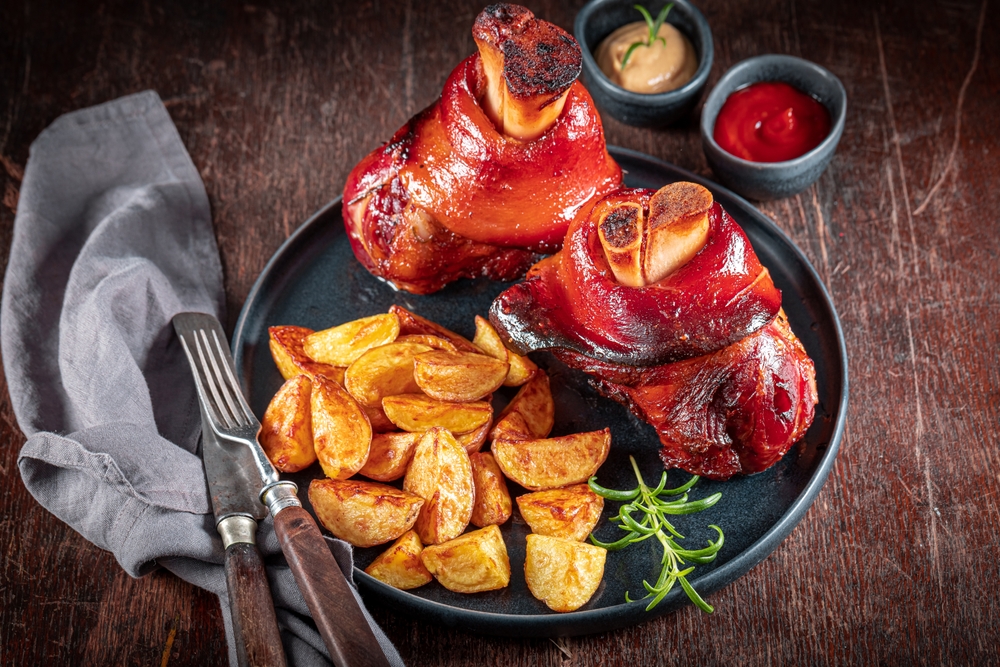
Schweinshaxe is one of the most iconic dishes served during Oktoberfest in Munich, where hearty meat dishes have long been a symbol of festivity and satisfaction. The pork knuckle, or “ham hock,” is slow-roasted until the skin turns golden and crisp while the meat stays juicy. It represents the Bavarian love for rich, comforting meals that bring families and friends together during the cool autumn season. Traditionally, it is served with potato dumplings, sauerkraut, and a generous mug of German beer, making it the centerpiece of many Oktoberfest tables.
To prepare Schweinshaxe, start by rubbing the pork knuckle with salt, pepper, garlic, and caraway seeds. Place it in a roasting pan and bake at 375°F for two and a half hours, basting occasionally with beer to achieve that signature crisp skin. The meat should pull away easily from the bone when done. Serve it hot with dumplings and sauerkraut for an authentic taste of Bavaria that brings Oktoberfest to your table.
Bratwurst with Sauerkraut
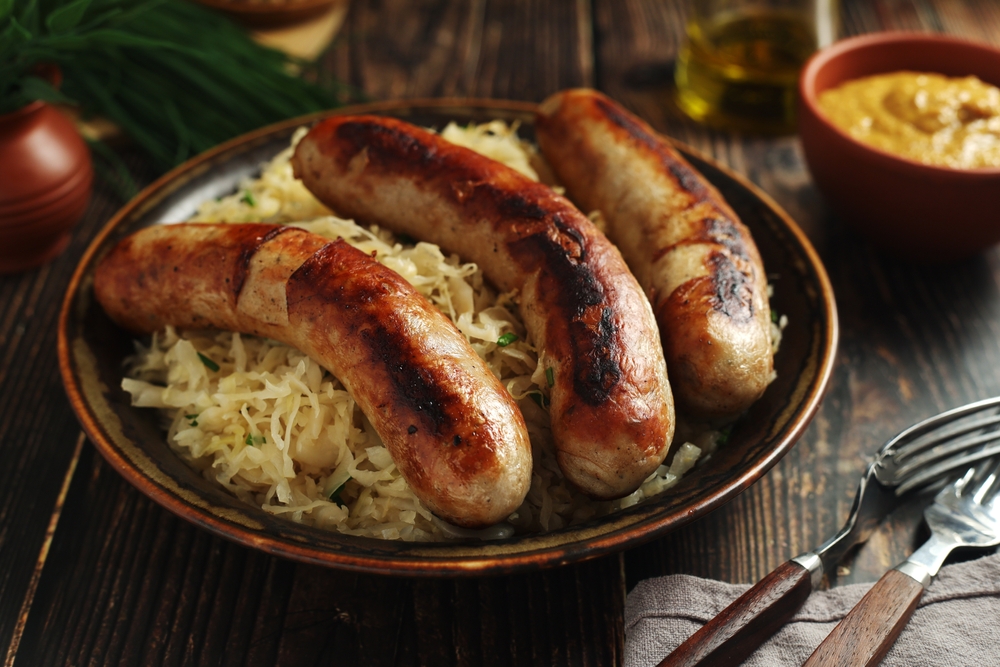
Bratwurst and sauerkraut have been a part of German celebrations for hundreds of years, especially during Oktoberfest. The sausage reflects a tradition of skilled butchery and family recipes that vary from region to region. Sauerkraut, a fermented cabbage dish, adds a tangy contrast that balances the richness of the meat. Together, they represent harmony in flavor and a sense of unity during festive gatherings.
To prepare, grill or pan-fry the Bratwurst until browned on all sides, about 15 minutes. In another pan, heat sauerkraut with onions, a bit of white wine, and caraway seeds until warm. Serve the sausages on top of the sauerkraut with mustard or fresh bread on the side. This combination remains a signature comfort food for autumn festivals throughout Germany.
Bavarian Pretzels
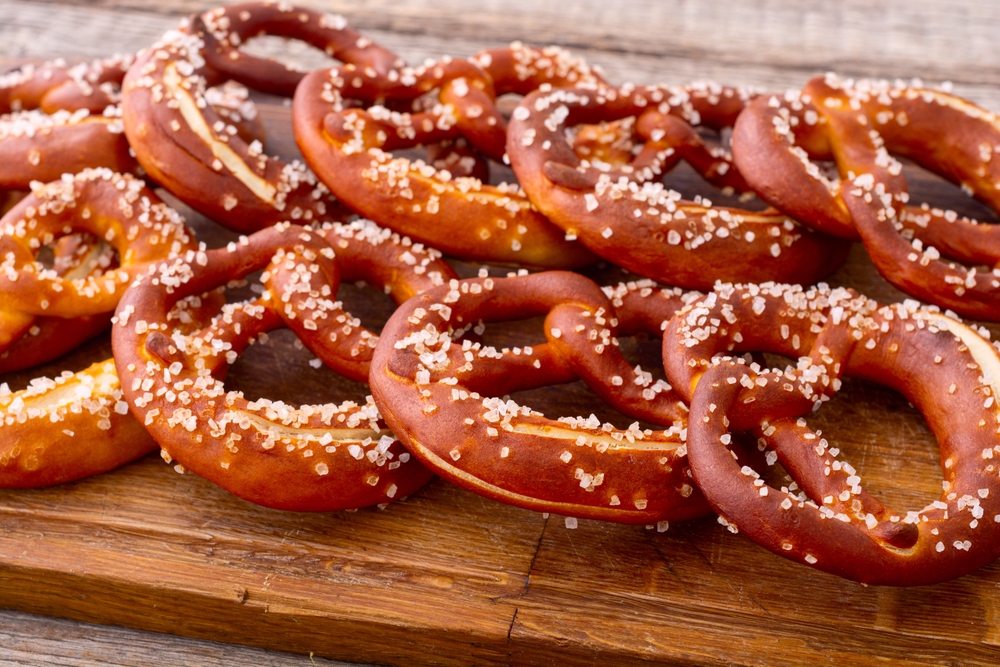
Soft Bavarian pretzels are another essential feature of Oktoberfest, symbolizing hospitality and good fortune. Their unique knot shape dates back centuries, originally given as rewards to children for learning prayers. These pretzels are traditionally served with mustard, cheese dip, or alongside beer, making them a favorite among festivalgoers.
To make Bavarian pretzels at home, mix flour, yeast, warm water, sugar, and salt into a dough. After rising, shape the dough into pretzel twists and briefly dip each one in a baking soda solution before baking at 400°F for 12–15 minutes. Brush with butter and sprinkle with coarse salt. They are best enjoyed fresh and warm, just like those served in Munich’s beer tents.
Mooncakes (China)
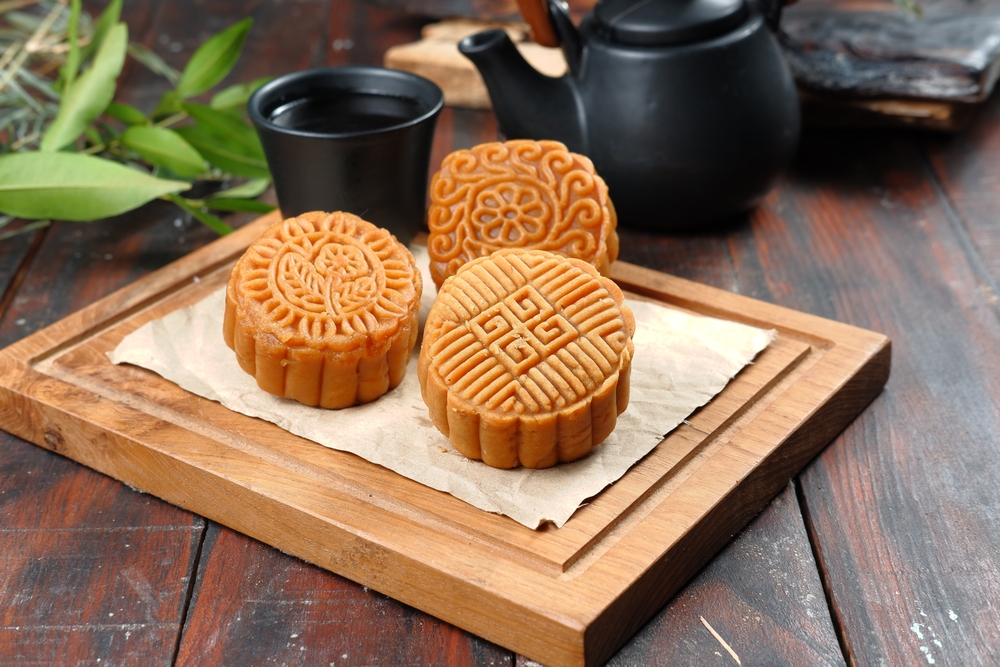
Mooncakes are the most famous food associated with China’s Mid-Autumn Festival, which usually falls in October. These round pastries symbolize reunion and completeness, often given as gifts to family and friends. The fillings vary from lotus seed paste to red bean or salted egg yolk, each representing different blessings of the harvest season.
To make mooncakes, prepare a dough from golden syrup, lye water, and flour, and let it rest. Fill the dough with sweet paste and press it into mooncake molds. Bake at 350°F for 10–15 minutes, brush with egg wash, then bake again until golden. Let them cool before serving, as the flavor develops over time. Sharing mooncakes under the full moon remains one of the most beloved traditions in Chinese culture.
Hairy Crab (China)
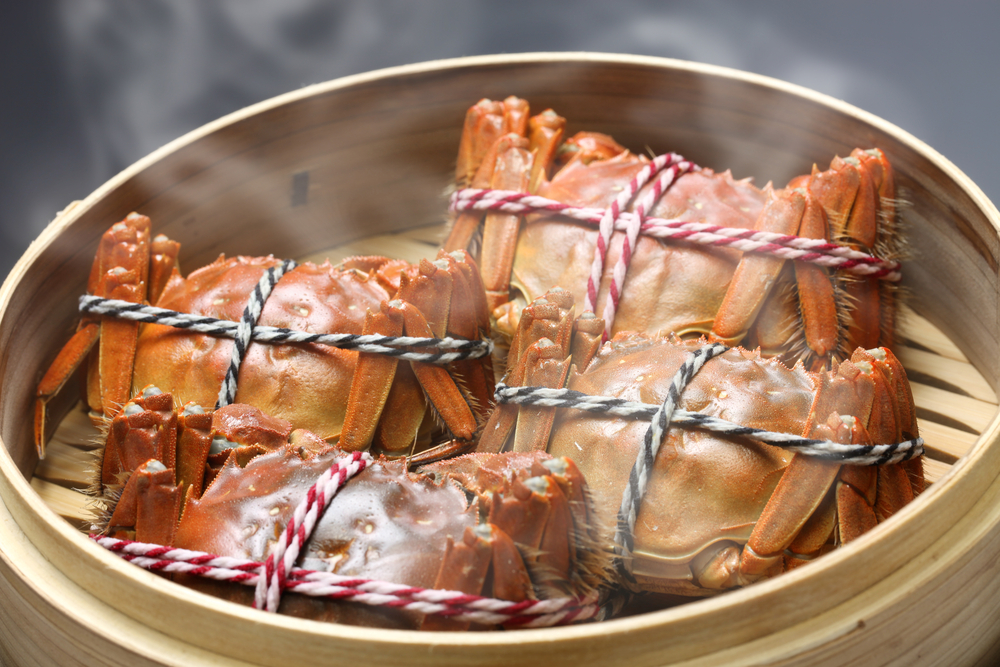
The hairy crab is another delicacy celebrated during the Chinese Mid-Autumn Festival, particularly in Shanghai and Jiangsu. The crabs are prized for their sweet and rich roe, which reaches its peak flavor in October. They represent abundance and are often paired with Shaoxing wine to balance their delicate taste.
To prepare hairy crab, steam it for about 15 minutes with slices of ginger to reduce any fishy aroma. Serve the crab with a dipping sauce made of black vinegar and ginger. The dish is enjoyed slowly, often in a relaxed family setting that emphasizes patience and appreciation for seasonal food. Eating hairy crab is a cultural ritual that marks the deep connection between people and the autumn harvest.
Roast Turkey (United States)
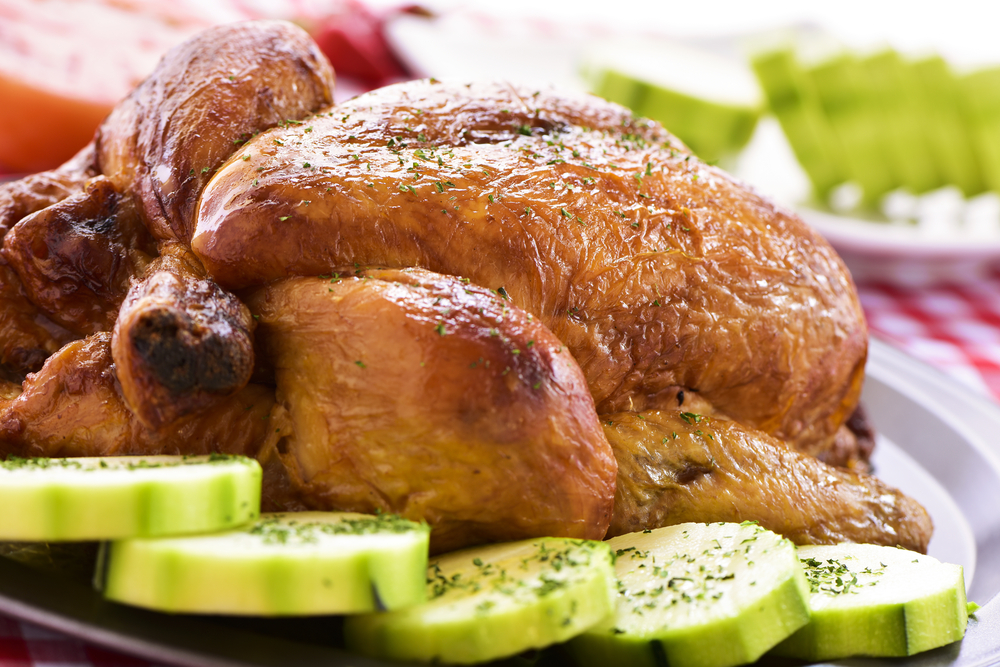
While most people associate roast turkey with Thanksgiving, it also appears at American harvest festivals throughout October. The turkey symbolizes gratitude and abundance, often featured in community gatherings to celebrate a successful harvest. Its presence reminds families of unity and shared meals during changing seasons.
To roast a turkey, season it with butter, salt, pepper, garlic, and herbs like rosemary and thyme. Roast at 325°F for about 15 minutes per pound, basting occasionally. Once golden and tender, allow it to rest before carving. Pair it with mashed potatoes, gravy, and seasonal vegetables for a comforting October feast.
Pumpkin Pie (United States)
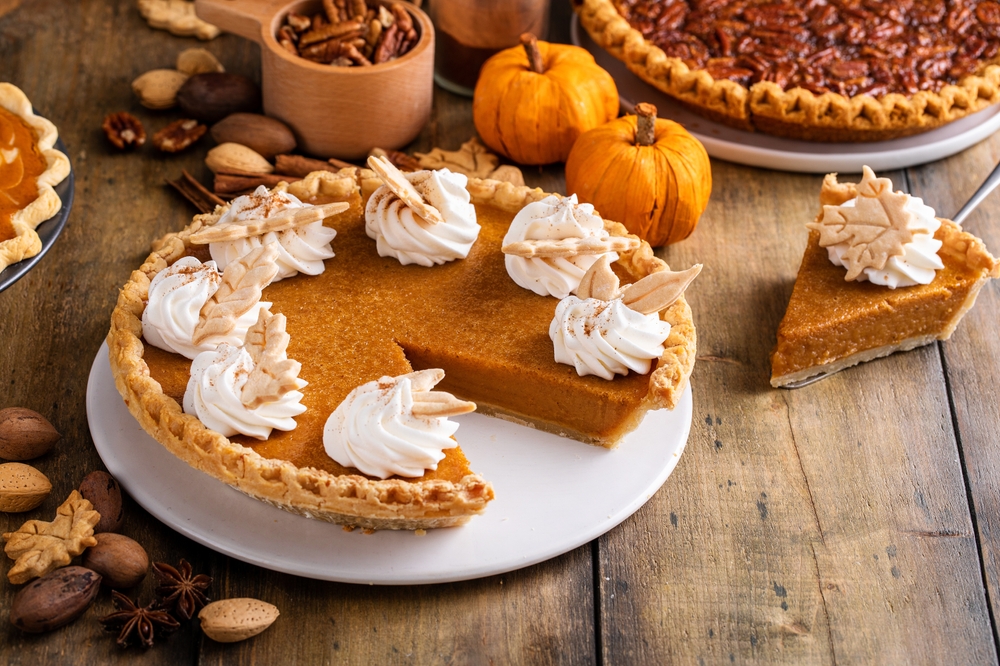
Pumpkin pie is a hallmark of fall festivals and harvest celebrations across North America. The use of pumpkin dates back to early settlers who relied on the seasonal squash for nourishment. Over time, the pie became a symbol of home, warmth, and the harvest’s sweet rewards.
To prepare pumpkin pie, mix pureed pumpkin with eggs, sugar, cinnamon, nutmeg, and evaporated milk. Pour the mixture into a pie crust and bake at 375°F for 45–50 minutes until set. Let it cool and serve with whipped cream. The smooth texture and spiced aroma capture the essence of October gatherings.
Colcannon (Ireland)
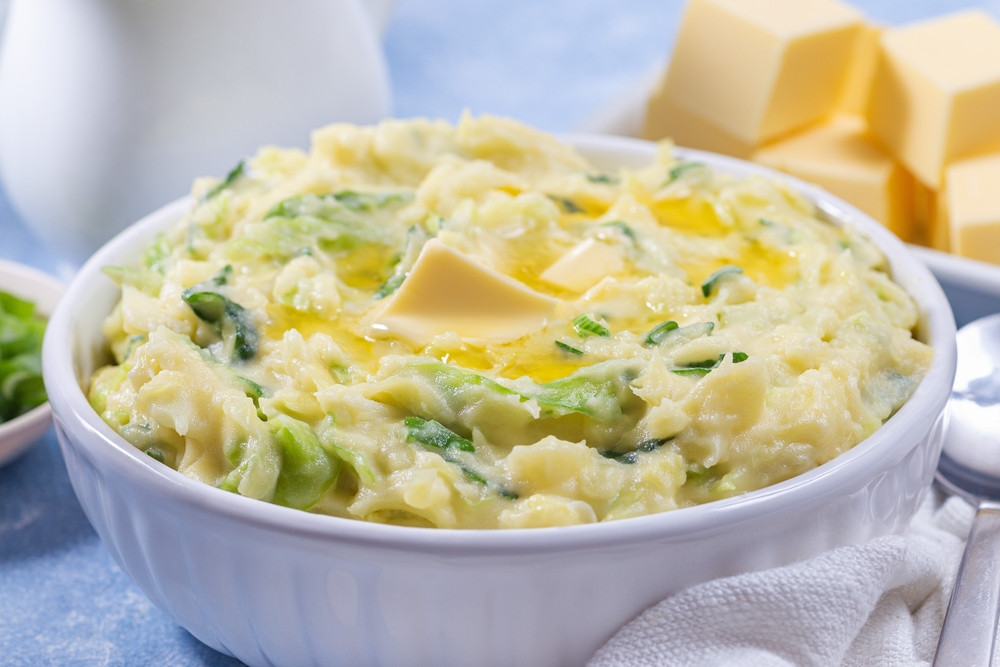
Colcannon is a traditional Irish dish served during autumn festivals like Samhain, which later influenced Halloween. It blends mashed potatoes with cabbage or kale and represents the simplicity and heartiness of Irish rural life. It is also a symbol of prosperity and fortune, often containing hidden charms during celebrations.
To make colcannon, boil potatoes until tender, then mash them with butter, milk, and salt. Sauté chopped cabbage or kale and fold it into the potatoes. Some add scallions or leeks for extra flavor. Serve warm with melted butter in the center, a dish perfect for chilly October nights.
Barmbrack (Ireland)
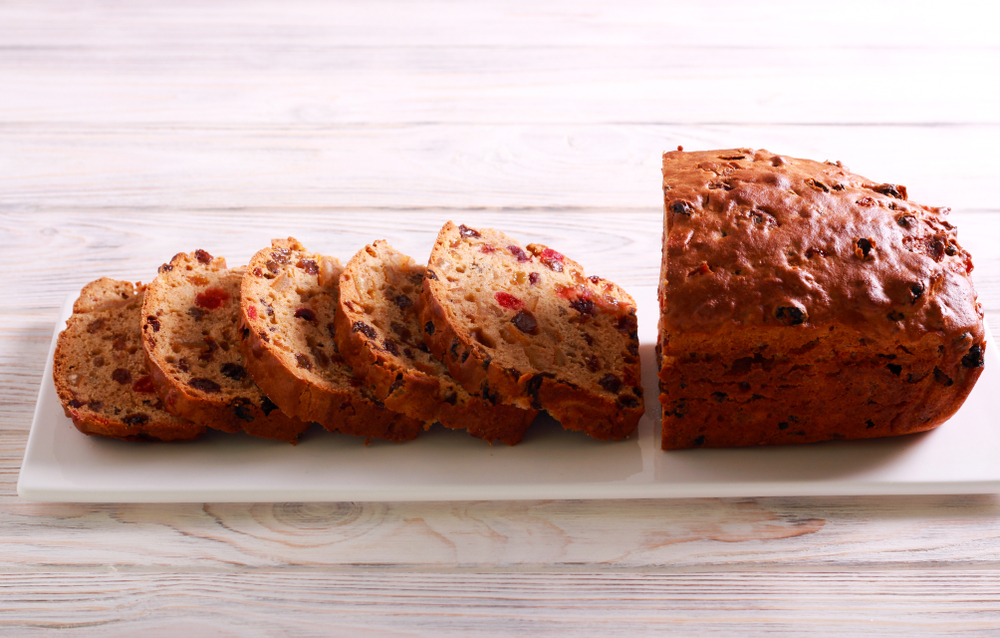
Barmbrack is a fruit-studded bread that has long been part of Irish Halloween traditions. It is often used for fortune-telling, with small items like coins or rings baked inside to predict the future. The bread is lightly sweet and filled with dried fruits soaked in tea or whiskey.
To make Barmbrack, soak mixed dried fruits in tea overnight. Combine with flour, brown sugar, an egg, and baking powder, then pour into a greased loaf pan. Bake at 350°F for about an hour. Slice and serve with butter for a taste of Irish folklore and festivity.
Tteok (Korean Rice Cakes)
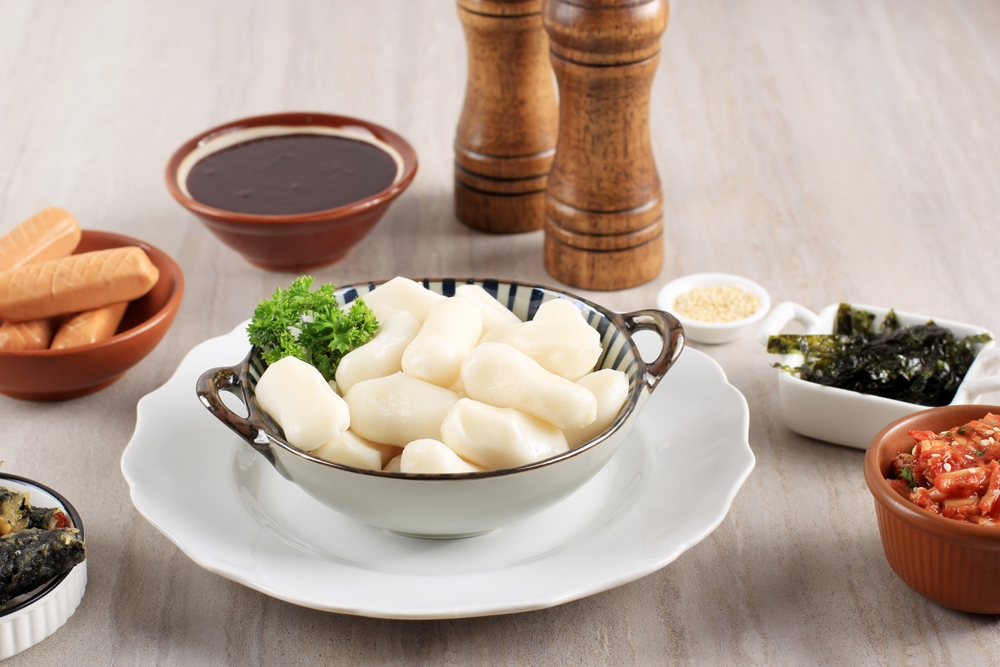
In Korea, the harvest festival known as Chuseok falls in late September or October, and rice cakes called tteok are at its center. These chewy treats symbolize abundance and gratitude for the year’s crops. Families gather to prepare them together, reinforcing bonds and honoring ancestors.
To make tteok, mix rice flour with warm water and knead until smooth. Shape into small discs and fill with sweet red bean paste. Steam for 15 minutes, then brush lightly with sesame oil to keep them soft. These colorful rice cakes are often arranged beautifully on plates for family celebrations.
Soba Noodles (Japan)
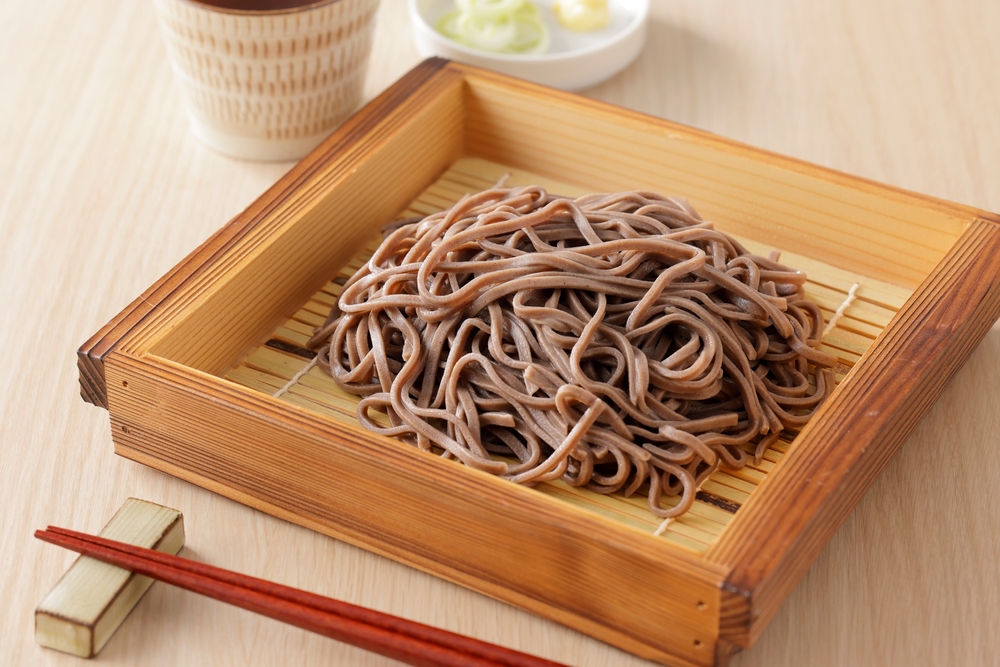
During Japanese autumn festivals, soba noodles represent longevity and reflection as the seasons change. They are often served cold or in warm broth with seasonal toppings like mushrooms and scallions. Eating soba is both a culinary and spiritual tradition, reminding people to appreciate life’s transitions.
To make soba, cook the noodles in boiling water for about four minutes, then rinse under cold water. Serve with a soy-based dipping sauce or in hot broth. Add mushrooms, nori, and sliced green onions for a comforting seasonal touch. It is a simple yet deeply meaningful dish during Japan’s October festivities.
Apple Strudel (Austria)
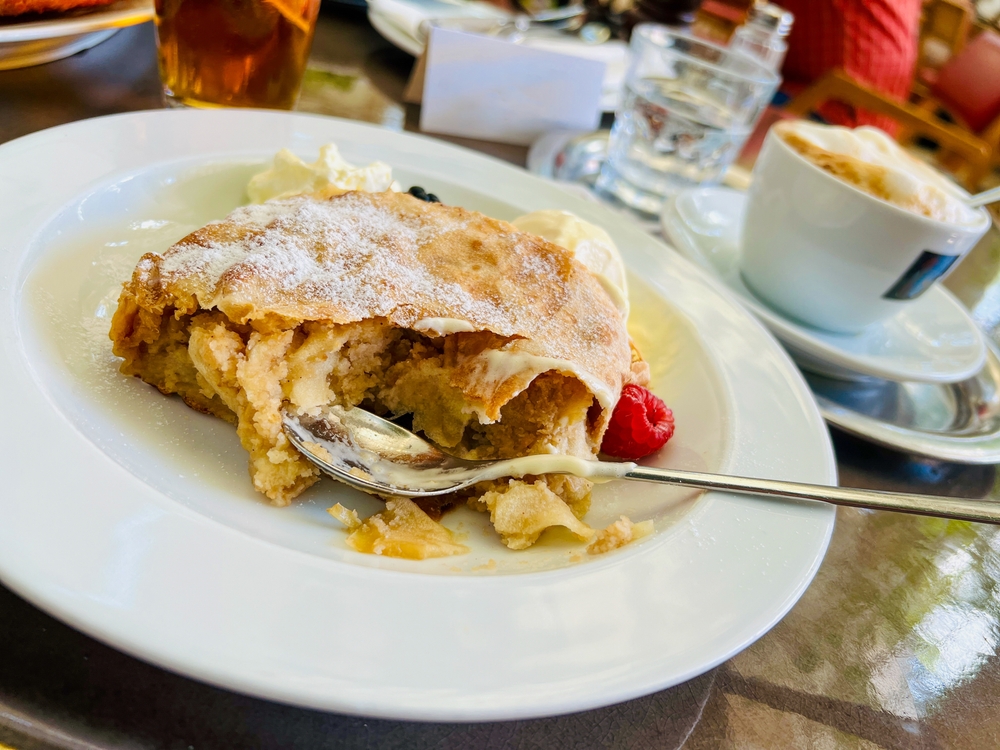
Apple strudel is a beloved dessert during Austrian harvest festivals in October. It reflects centuries of pastry-making traditions and celebrates the apple harvest that peaks this month. The layers of thin dough filled with apples, raisins, and cinnamon represent both craftsmanship and family heritage.
To prepare, roll out thin sheets of dough and brush with butter. Fill with sliced apples, sugar, cinnamon, and breadcrumbs, then roll tightly and bake at 375°F for 40 minutes. Dust with powdered sugar before serving. The warm aroma of apple strudel fills homes and festival halls alike during the fall.
This article originally appeared on Avocadu.
